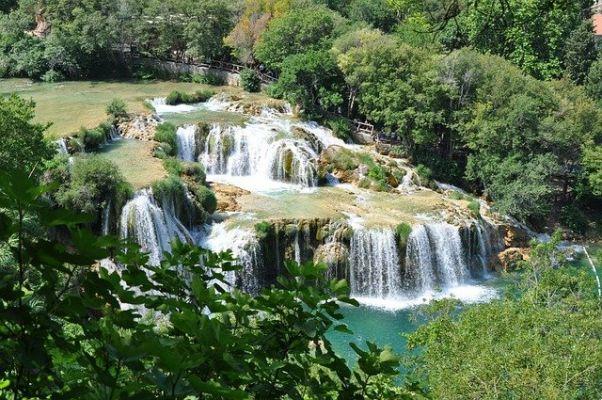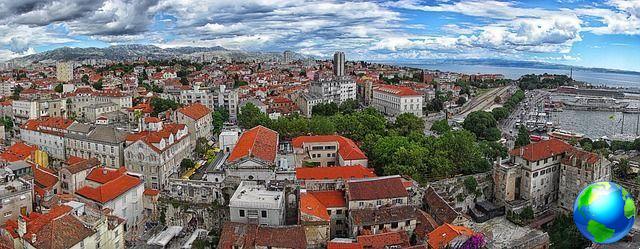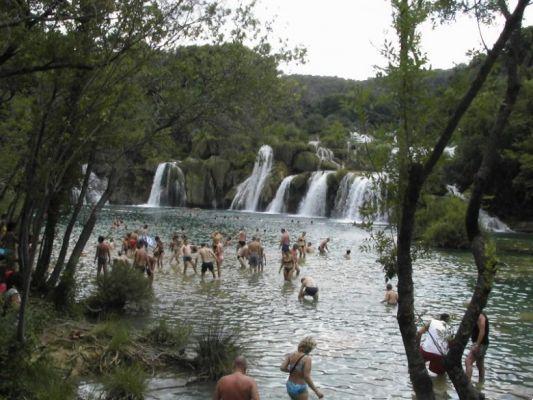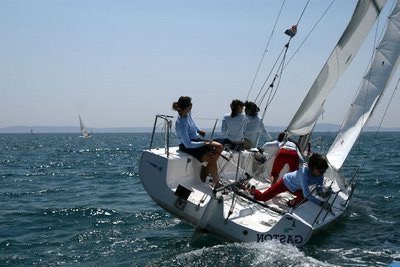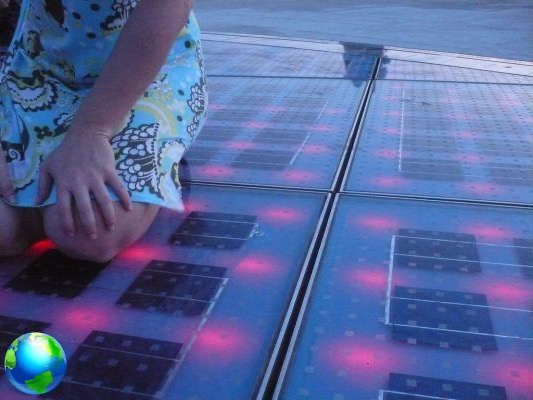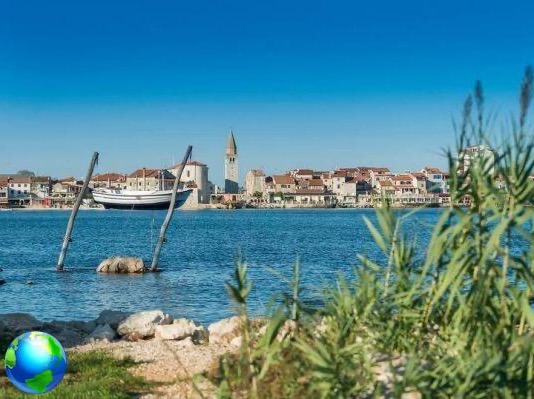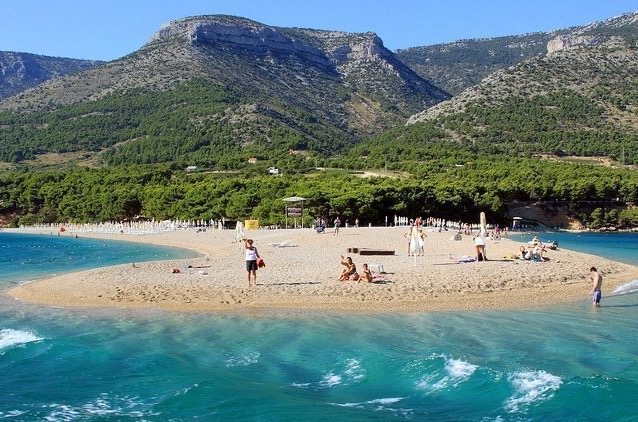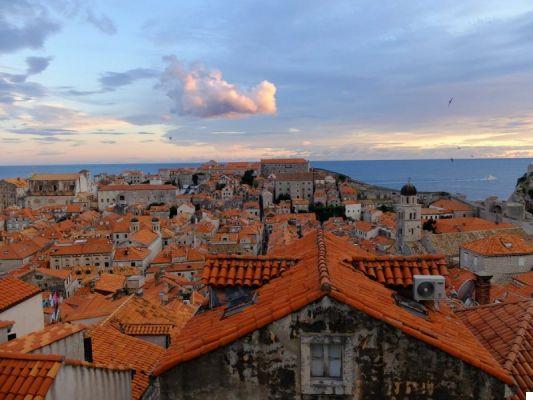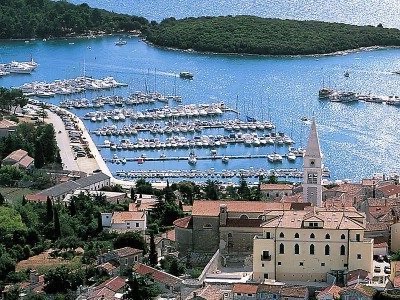Croatia Krka waterfalls and national park

Two years ago we spent the summer holidays in the vicinity of Split (Split), Croatia.
A few years earlier, as soon as we got married, we had been at waterfalls of the karst river Krka and, remembering that we had promised ourselves to return.
Krka river guide, useful tips and information
One morning we woke up early and left for Sibenik (famous for the fortresses built during the Venetian domination to defend itself from the attacks of the Turks), along the excellent A1 motorway that connects Split with Zagreb.
After Sibenik we took the connection to Skradin, covering another 3 km.

We stopped at the paid parking lot near the village and from there, on foot, we reached the port (not very far). Here there is a marina that has about 200 berths and yachtsmen say it is one of the most beautiful on the Adriatic.
In addition to the car, you can come to Skradin even with some boats that depart from Sibenik.
America Coast to CoastSkradin is a village located in a cove of the fiume Krka, forming almost a fjord.

We waited for a boat to arrive and we embarked.
Krka what to see, tips and excursions
The banks of the fiume Krka they were full of reeds along which proud white swans swam.
About thirty minutes later we arrived at the entrance to the Krka National Park which was established in 1985 (there are seven in Croatia), has an area of about 112 square km and extends along the river.
In the Park, 860 species and subspecies of plants have been identified, as well as amphibians, birds and reptiles.
After a short walk we reached the Skradinski Buk, the largest waterfall that the river creates on its way to the sea, made up of 17 barriers.

We noticed that the first visitors were already bathing (bathing is allowed only in certain areas while fishing and camping are forbidden).
We too had brought swimwear but, after a moment's hesitation, we preferred to continue the visit.
The river flowed in a kind of canyon forming lakes connected by waterfalls and rapids and to reach them we followed paths and walkways surrounded by dense vegetation.
They walked in silence to enjoy the chirping of the countless birds, which flew from branch to branch, and the roar of the water.
In the most beautiful spots there were balconies to admire the landscape and there I took advantage of taking pictures and filming with my camera.

After a long walk we arrived at the end of the park: here there was a bridge beyond which we visited the Museum of crafts and a water mill.
At the entrance we were greeted by a lady wearing a typical dress of the place.
A slight peckish was starting to be felt and, as it was already long past noon, we decided to stop in a konoba (restaurant) near the museum.
We sat in the shade of a centuries-old tree and ordered Dalmatian ham washed down with two glasses of Grandmothers (wine obtained from the vineyards of the area) and good homemade bread.

We preferred to visit this part of the Krka National Park in more detail while, for those interested, there is also the possibility of taking a second boat which, after almost three quarters of an hour, arrives atisland of Visovac where you can visit a Benedictine monastery.
After a stop of thirty minutes we set off again at around Roski Slap waterfalls which are much less spectacular than the ones I told you about (we had already seen them on the previous trip).

We left fascinated by this nature, fortunately, still uncontaminated ...
Reviewing the waterfalls and the Krka National Park was an incredible emotion and I recommend everyone to see them at least once in their life.
Krka photo gallery

